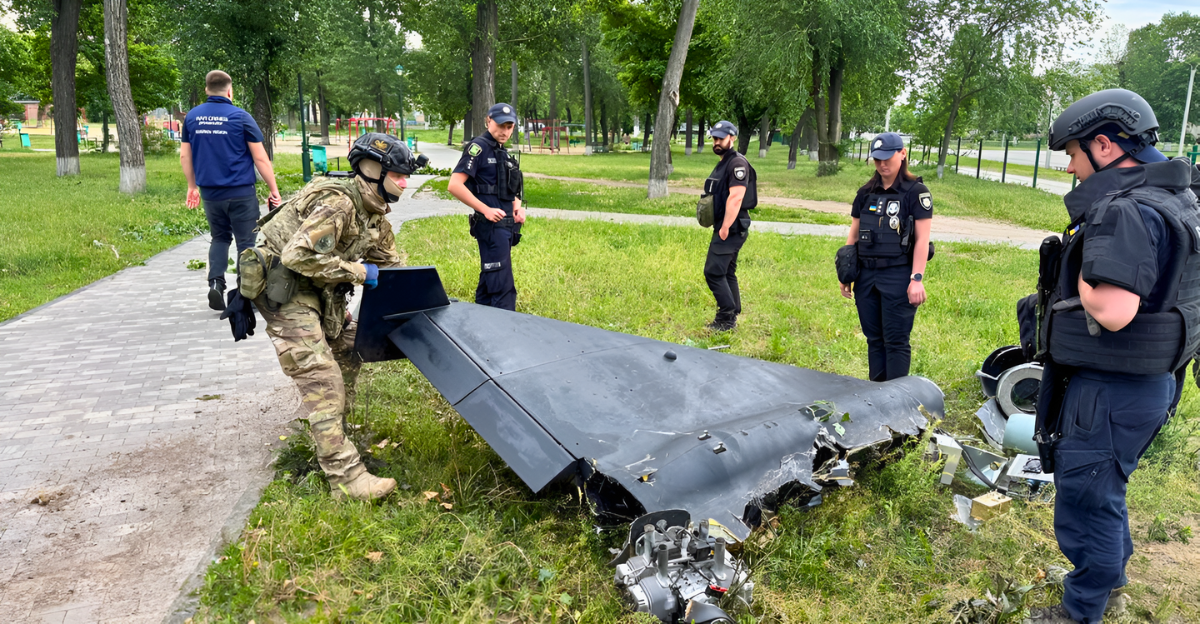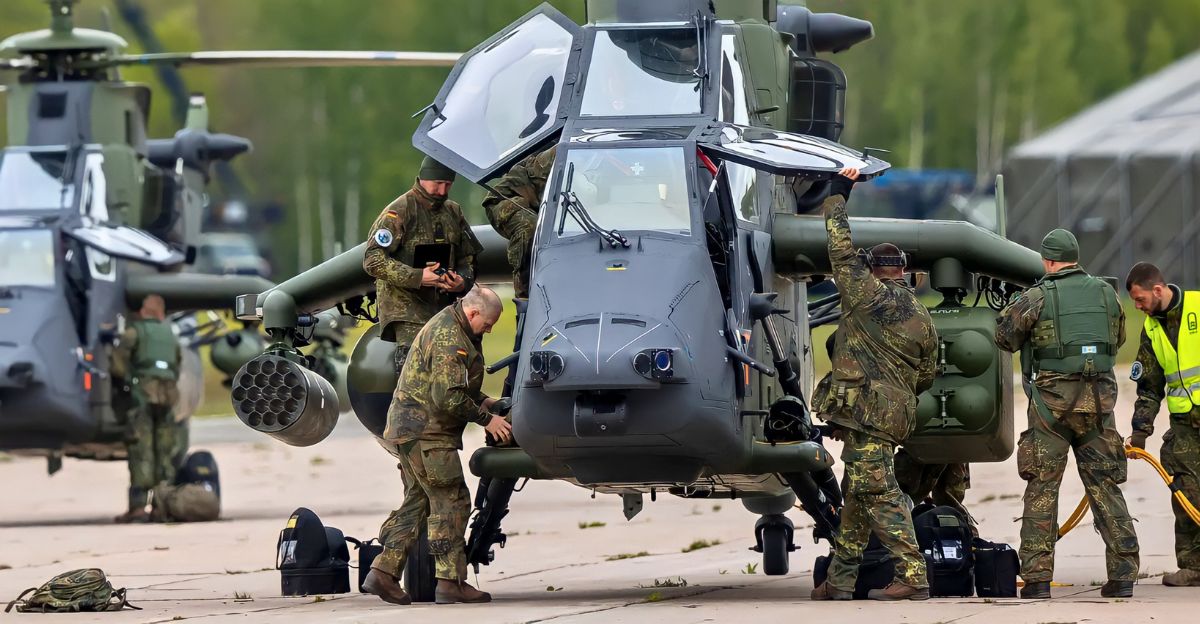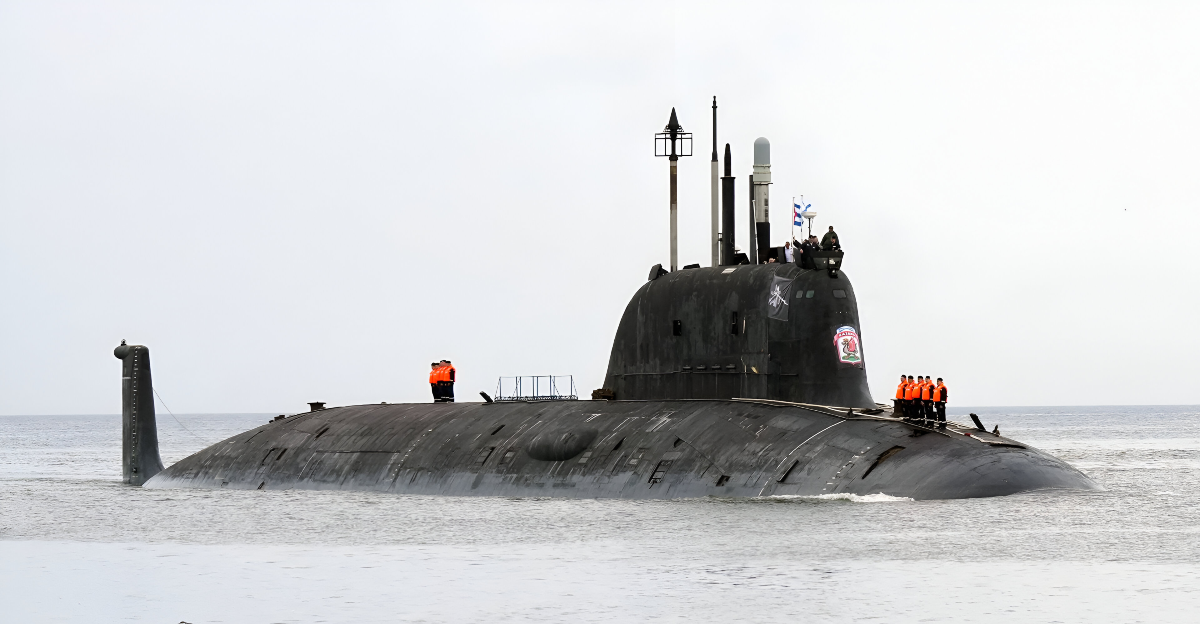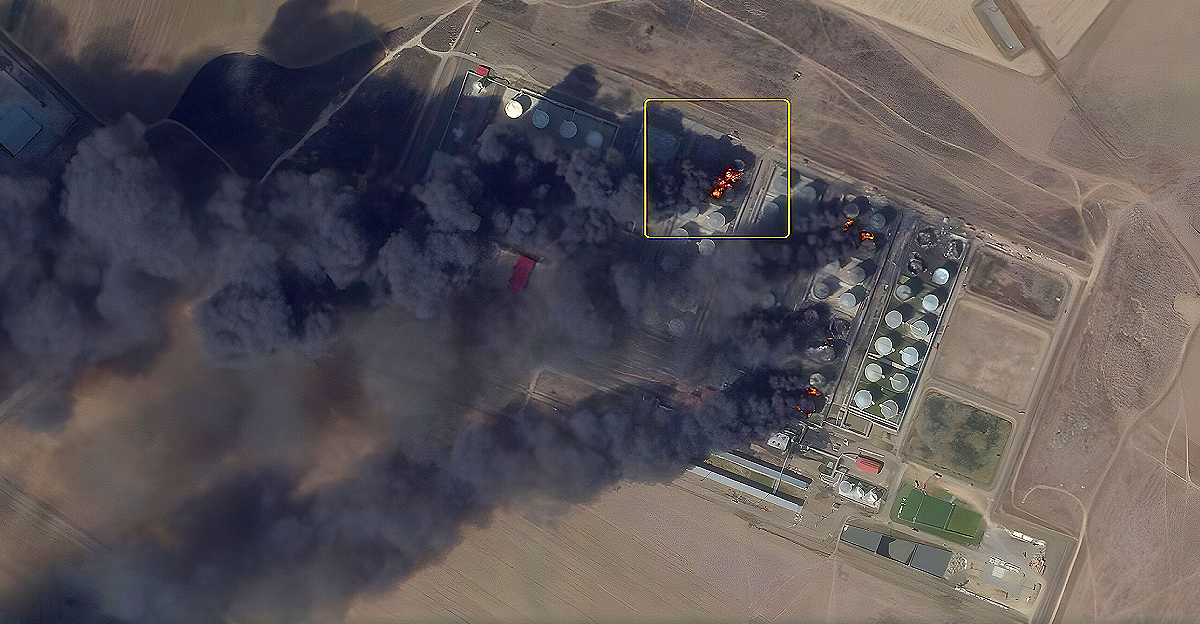
The morning of June 28, 2025, drones belonging to Ukraine’s Defence Intelligence (HUR) carried out a significant attack against military facilities in Bryansk, Russia.
The strike targeted the 120th Arsenal of the Main Missile and Artillery Directorate belonging to the Russian Ministry of Defence, and was described as a key site housing missile and drone arsenals.
Local residents reported hearing loud explosions and gunfire from the city, and social media was abuzz with eyewitness accounts of mysterious drone flights over the city.
Expert Insights and Official Reports

According to a source within Ukrainian intelligence cited by Suspilne, the attack was carried out by Ukrainian attack drones, marking a continuation of Ukraine’s strategic strikes inside Russian territory.
Military analyst Dr. Elena Markova commented, “This operation demonstrates Ukraine’s growing capability to penetrate deep into Russian military logistics, severely disrupting their missile supply.” The Ukranian General Staff confirmed the strike, noting that damage asssessmant is ongoing.
Background of the Bryansk Attacks
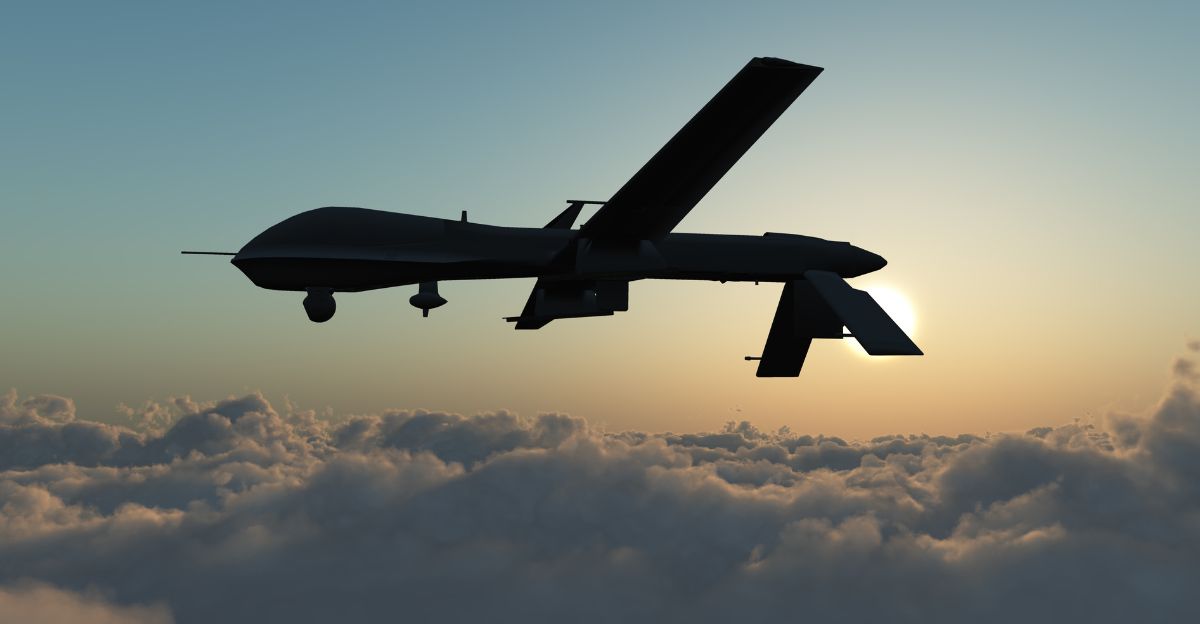
The strike follows a series of drone attacks on Bryansk’s military infrastructure. On June 26, Ukrainian drones struck warehouses containing rocket fuel and lubricants at the 1061st logistics center.
Back in November 2024, drone attacks targeted ammunition depots at the 1060th logistics support center, causing several explosions and fires.
These attacks highlight Ukraine’s use of domestically produced long-range drones capable of reaching targets up to 1,000 kilometers away.
Local Response and Silence of Russian Authorities
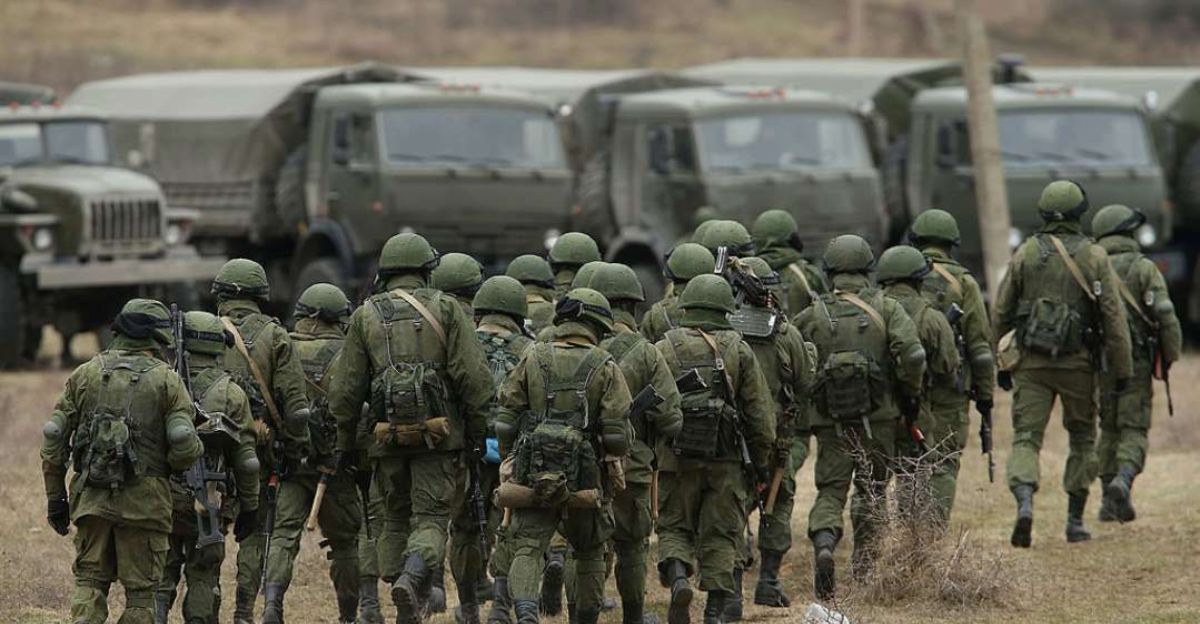
Despite the severity of the explosions, local Russian authorities have remained tight-lipped. They have issued reminders banning the filming and posting of videos relating to the aftermath of air defense operations but have not officially commented on the damage or casualties.
Bryansk Oblast Governor Alexander Bogomaz acknowledged a drone attack causing civilian injuries and damage to property but later claimed that all drones were shot down without significant military damages.
Strategic Importance of the Target
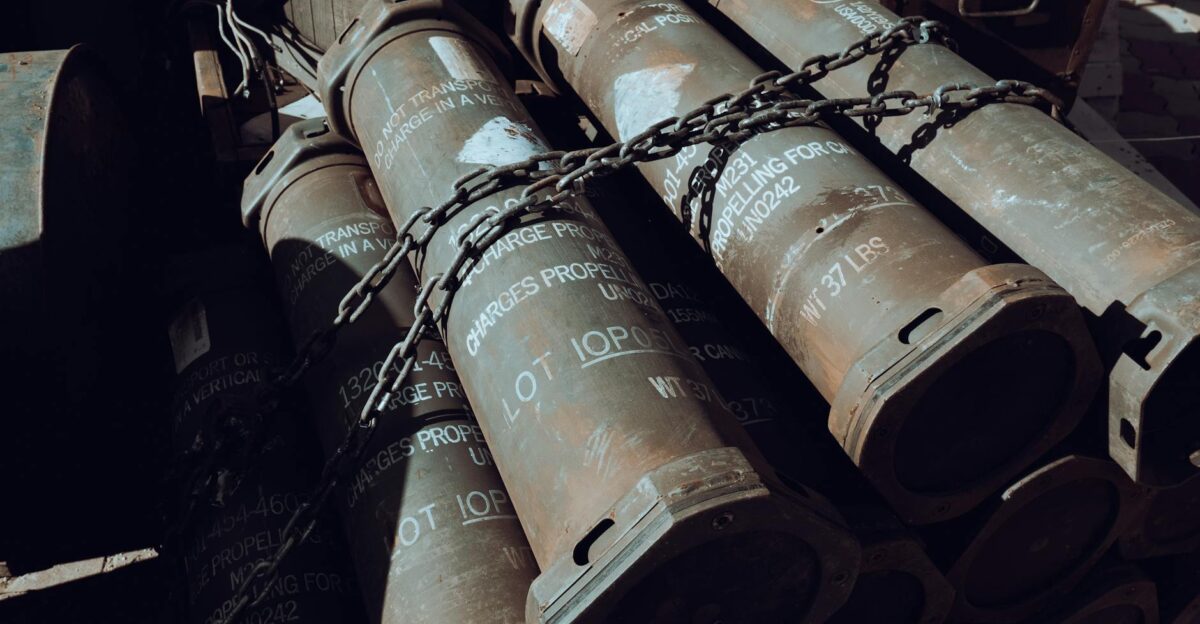
The 120th Arsenal, which is currently part of the 1060th Red Banner Center for Material and Technical Support, is a critical depot for the storage and maintenance of artillery and missile systems.
Ukrainian intelligence sources note that destroying that facility will impact Russia’s artillery capacities on the front lines.
Military expert Colonel Andriy Shevchenko stated, “Striking these arsenals disrupts Russia’s ability to replenish ammunition, which is critical for sustained operations in Ukraine.”
Tactical Use of Indigenous Drones

Ukraine’s growing fleet of indigenous drones, including models like the Bober, Baklan and Obrii are believed to play a central role in carrying out these operations.
These drones provide a strategic alternative to Western weapons, which face restrictions on striking targets within Russia.
The precision and range of the drones allow Ukraine to carry out targeted strikes deep within Russian territory, as demonstrated in Bryansk.
Impact on Russian Military Logistics
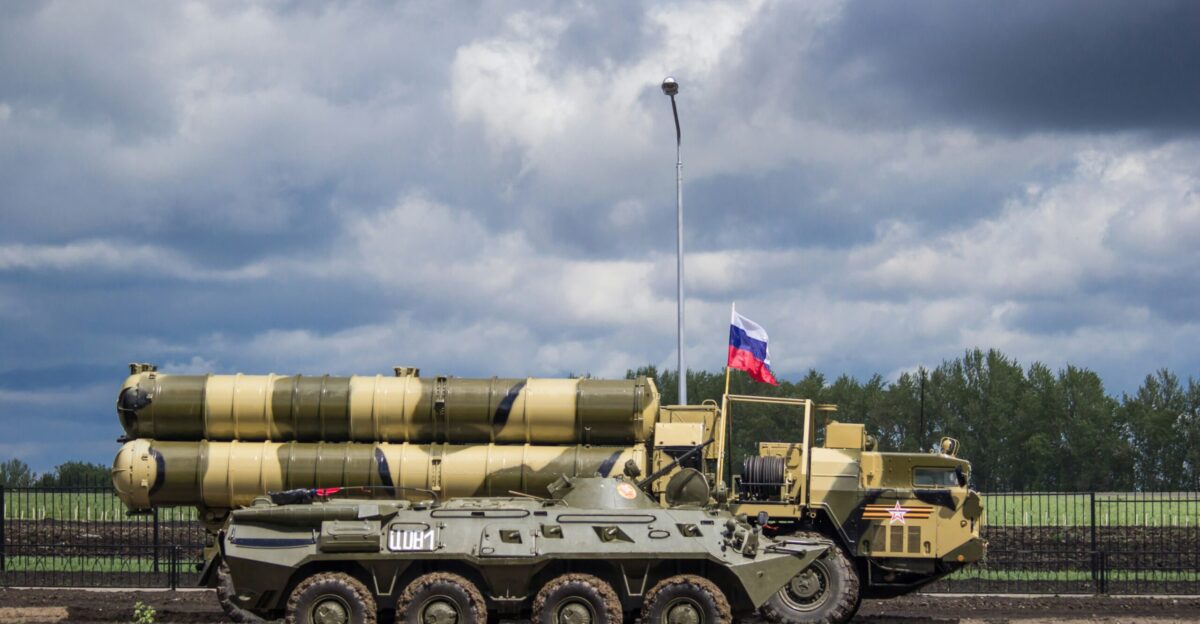
The strikes are said to have destroyed several helicopter equipment, including Mi-8, Mi-26, and Mi-28 attack helicopters, as well as Pantsyr-S1 air defense systems at facilities in Crimea during coordinated drone strikes on June 28. There is no independent confirmation of such destruction at the Bryansk site.
The loss of these assets in Crimea adds to pressure on Russian military logistics and air defense capabilities in the region. The Security Service of Ukraine (SBU) confirmed the destruction of these assets during the Crimea strikes.
Russian Defense Ministry’s Countermeasures
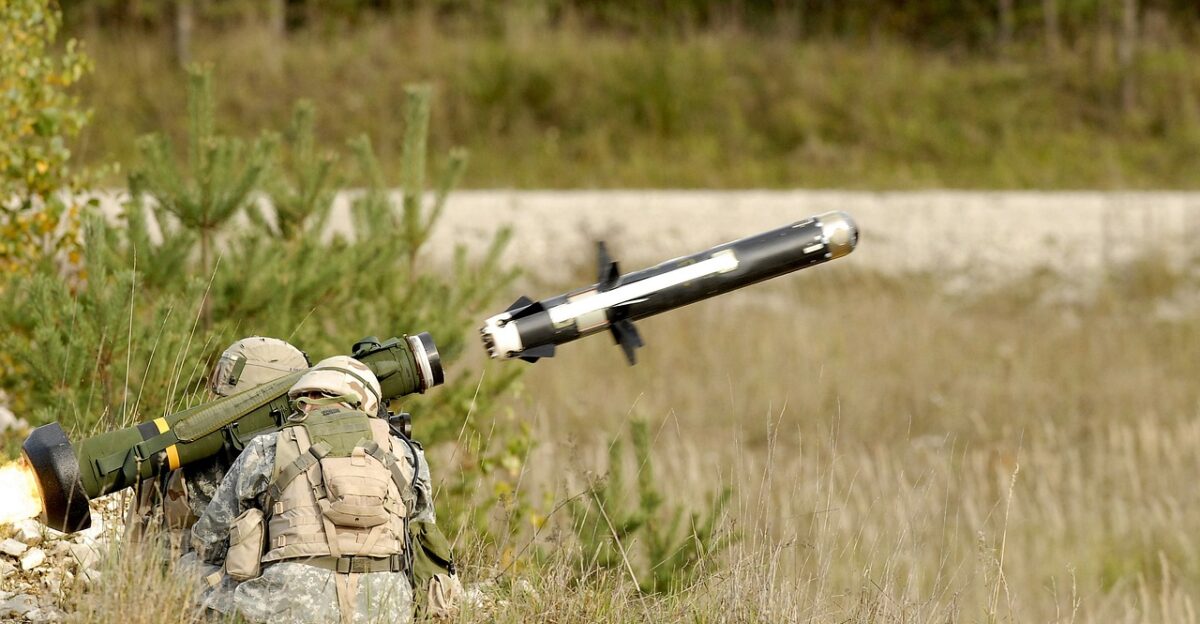
In response, the Russian Defense Ministry announced the interception and destruction of multiple Ukrainian drones over border regions, including Bryansk, Kursk and Belgorod.
On July 5, Russian air defenses claimed that they had shot down 94 Ukrainian drones overnight, a testament to the growing drone warfare along the border. Despite such claims, however, the impact of Ukrainian drone strikes continues to pose a challenge for Russian defenses.
Civilian Impact and Humanitarian Concerns
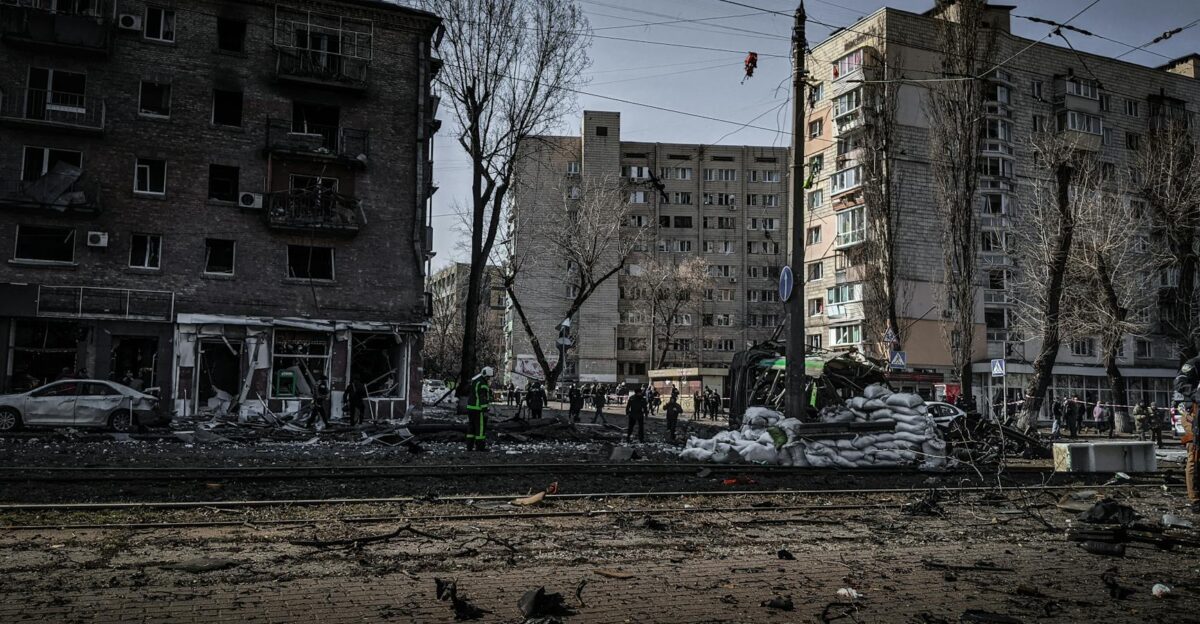
The drone strikes have also affected civilians in Bryansk. Governor Bogomaz reported that four civilians were wounded and several homes and a vehicle were damaged in the attacks.
The presence of military targets within populated areas raises ongoing concerns about civilian safety amid escalating drone operations.
Broader Implications for the Russia-Ukraine Conflict
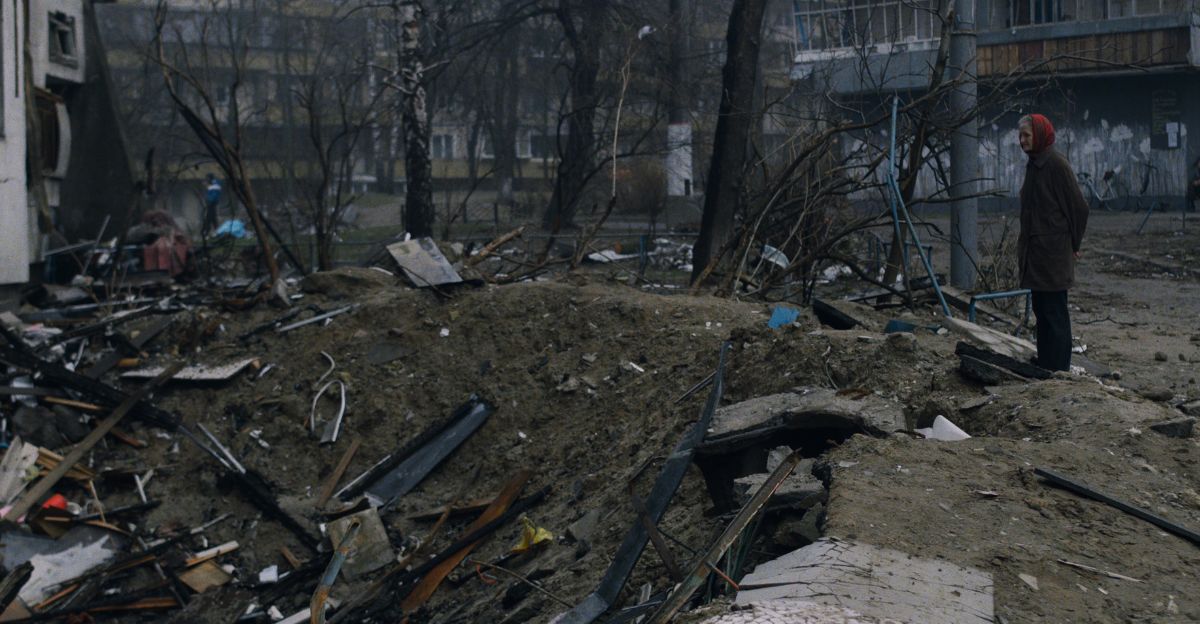
These drone strikes mark a new phase of the conflict, as Ukraine is now using sophisticated drones to target critical Russian military infrastructure well beyond the front lines.
This approach not only depletes Russian resources but also exerts psychological pressure on Russian forces and civilians.
As Dr. Markova notes, “Ukraine’s drone campaign represents a new phase of asymmetric warfare, complicating Russia’s strategic calculus and defense planning.”


